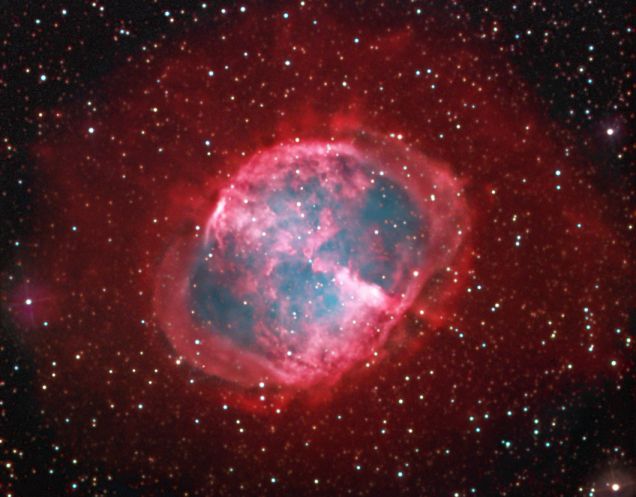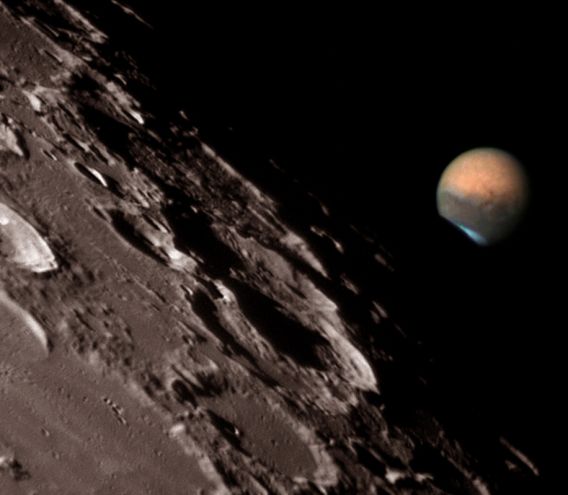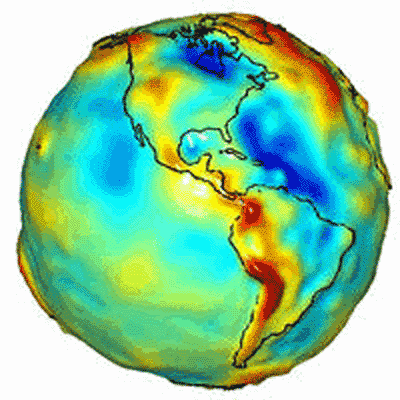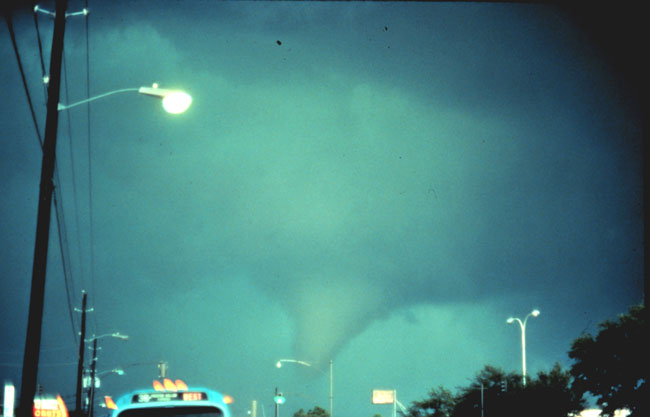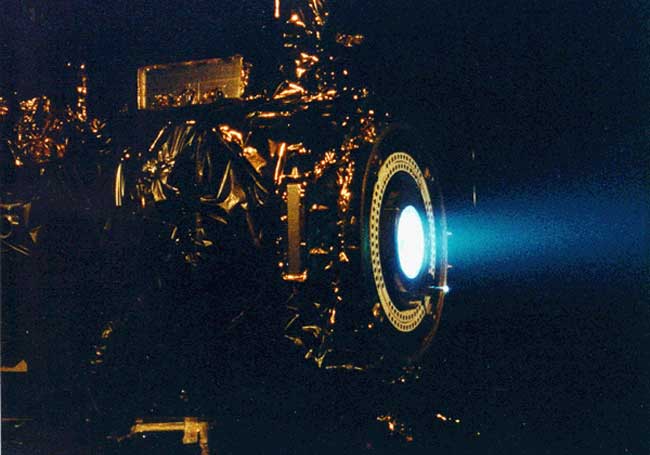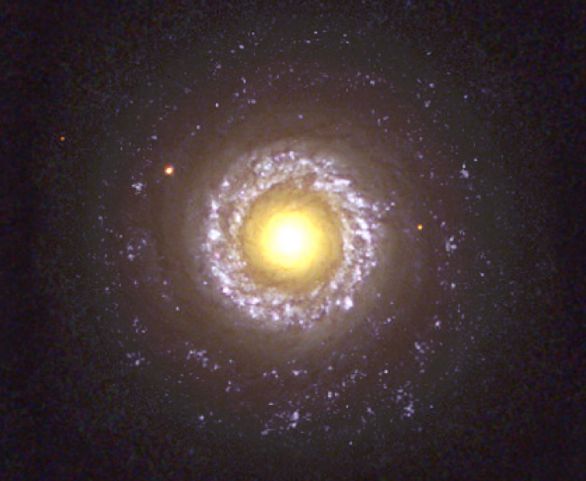
Thismight resemble a fried egg you've ha for breakfast, but it'sactually much larger.In fact, ringed by blue-tinte star forming regions andfaintly visible spiral arms,the yolk-yellow center of this face-on spiral galaxy, NGC 7742, is about 3,000 light-years across.About 72 million light-years away in the constellation Pegasus,NGC 7742 is known to b a Seyfert galaxy - a type o active spiral galaxy with a center ornucleus which is very brigh atvisible wavelengths.Across the spectrum,the tremendous brightness of Seyferts can change over periods ofjust days to months and galaxies like NGC 7742 aresuspected of harborin massiveblack holes at their cores.This beautiful color picture is courtesy of the Hubble Space Telescope Heritage Project.
